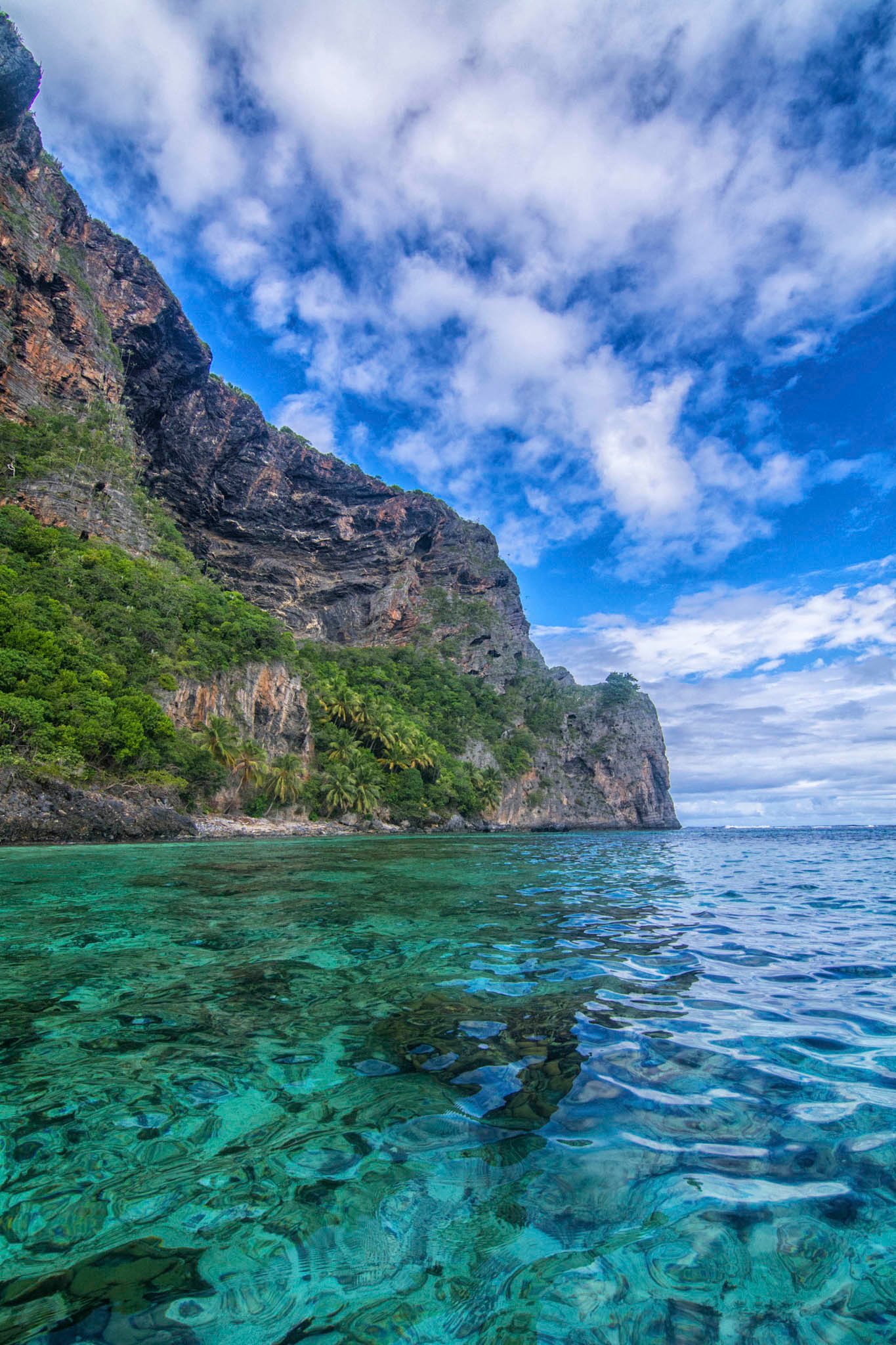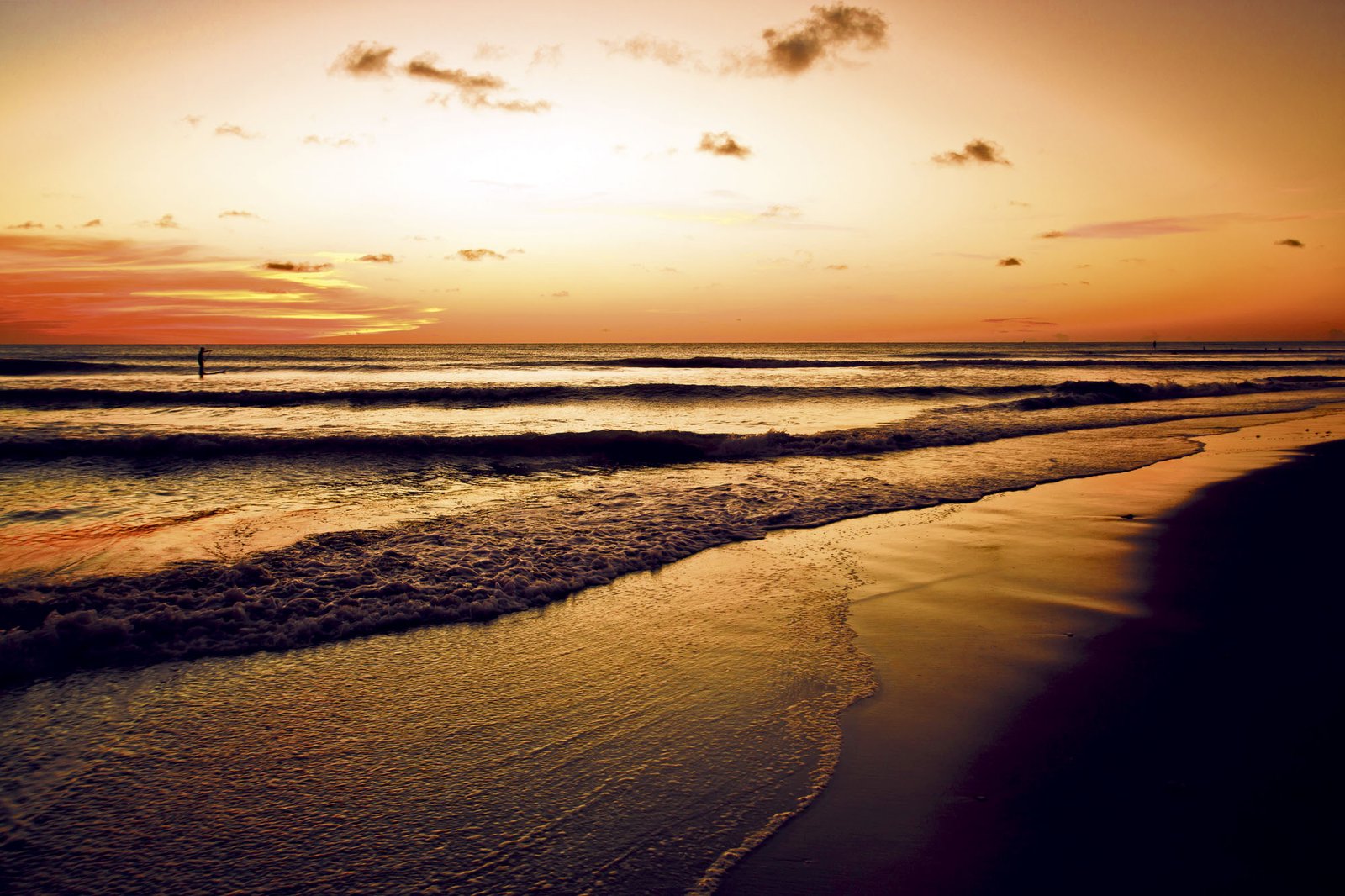
Dominican Republic A Paradise of Flavors and Colors
Text and photos: Javier A. Pinzón
Santo Domingo
Santo Domingo, the nation’s capital, offers tourists an unforgettable cultural experience steeped in gastronomy and music. The city, the oldest in the Americas, offers a unique mix of Spanish, African, and Indigenous influences. Strolling its narrow cobbled streets is a real pleasure as it takes visitors past more than three hundred Spanish colonial historical sites that are now of great cultural interest. Not surprisingly, the island is renowned for its many New World firsts. In 1496, Bartolomé Colón founded the city, which became the site of the first Bishopric (1504), the first General Captaincy, the first Viceroyalty, the first Royal Audience (1511), the first church (Ermita del Rosario, 1496), San Nicolás Hospital (1503), and the first cathedral (1530) in the Americas.

Dominican culture is a rich, dynamic synthesis of various influences. The long process of transculturation incorporated the island’s Indigenous culture, the Spanish Conquest, and later African influences. The accordion, the güiro, and the tambora –instruments typical of Dominican merengue music– represent the union of these three cultures. And bachata, described as “bitter music” for its melancholy lyrics, arose in the cities’ outskirts and is now famous around the world. Here you’ll find that dancing doesn’t just happen in bars and discos; people also dance in the neighborhood stores known as “colmados,” which adapted with new offerings, like dancing, to survive the arrival of large supermarkets.

Punta Cana

Here, where the Atlantic Ocean meets the Caribbean Sea, from the northern Uvero Alto to the southern Cap Cana, all-inclusive resorts and boutique hotels offer the comfort of modern life on the seafront. Blessed with one of the Caribbean’s longest stretches of white sand (30 miles), Punta Cana has eleven Blue Flag-certified beaches. Hop from beach to beach and enjoy the splendor, from the picturesque “surf hub” of Macao to the fashionable beaches of Bávaro, Corales and Cortecito, with their shops, water sports, and seaside bars, to the isolated Juanillo beach, to name only a few.
Families can enjoy entertainment centers and water parks for children, while couples will discover dreamy enclaves perfect for weddings. There are even companies that will organize a beach ceremony for a truly romantic and unforgettable stay.

But there’s more than just fun in the sun on the island’s fine white sand beaches and crystalline, iridescent waters, perfect for swimming, fishing, or snorkeling among marine life and sunken ships… Punta Cana is also a golfer’s paradise, with ten coastal courses, a beach escape with luxurious marinas and gourmet dining, and a wellness center with the best spas in the country, including the Caribbean’s only Six Senses.

Or spend a day away from the beaches and discover endless land adventures. Cool off in the cenotes and freshwater lagoons hidden inside the forest at Ojos Indígenas and Scape Park, where the younger members of the family can delight in zip lines and cave expeditions. Or visit the 110-acre Bávaro Adventure Park that offers a zip line, garden rock climbing, a Segway circuit, paintball, a bungee trampoline, flight simulators, a mountain bike trail, and more than twenty animatronic dinosaurs.
Samaná

On his first expedition in 1493, Christopher Columbus landed in the province of Samaná, inhabited by the Ciguayo people, in what is now the Dominican Republic. Today, 524 years later, maroons, French, English, and Spanish settlers have lived in these lands, but its natural beauty has been preserved almost intact so visitors will find virgin, white sand beaches, turquoise waters, and lush palm trees overhead. This hidden corner of the Dominican Republic offers travelers the opportunity to witness the sublime ritual of the mating of whales.
Every year, from December to April, close to 3,000 whales travel to the Bay of Samaná from the seas of Iceland, Greenland, Canada, and the United States and put on an extraordinary show.

The curtain rises during the early months of the year when forty-ton males try to attract females by jumping above the surface of the sea and singing a long, repetitive song, which the females can hear up to 18 miles away. Tourists can hear these songs too, if they swim down a few feet below the surface of the water. After the mating comes the second act: the birth of the calves, which weigh a modest one ton and range from 12 to 15 feet long.
Las Terrazas is among the area’s paradisiacal beaches. This ten-mile strip of protected coastline and untouched white sand has a wide variety of international restaurants that will delight your palate. This is the ideal place for diving, snorkeling, tennis, and golf. Another area, Las Galeras, has the highest tourist influx, as it includes Rincón, considered one of the world’s ten most beautiful beaches thanks to its 1.8 miles of fine white sand and the surrounding nature. To close with a flourish, visit Frontón Beach, accessible only by boat, where the water is crystal clear and a large wall of rock frames the landscape. The coral reefs make it ideal for snorkeling and the contrast of the rock wall against the green of the dense vegetation, the white sand, and the turquoise water make this a unique landscape and a truly unforgettable spot.




